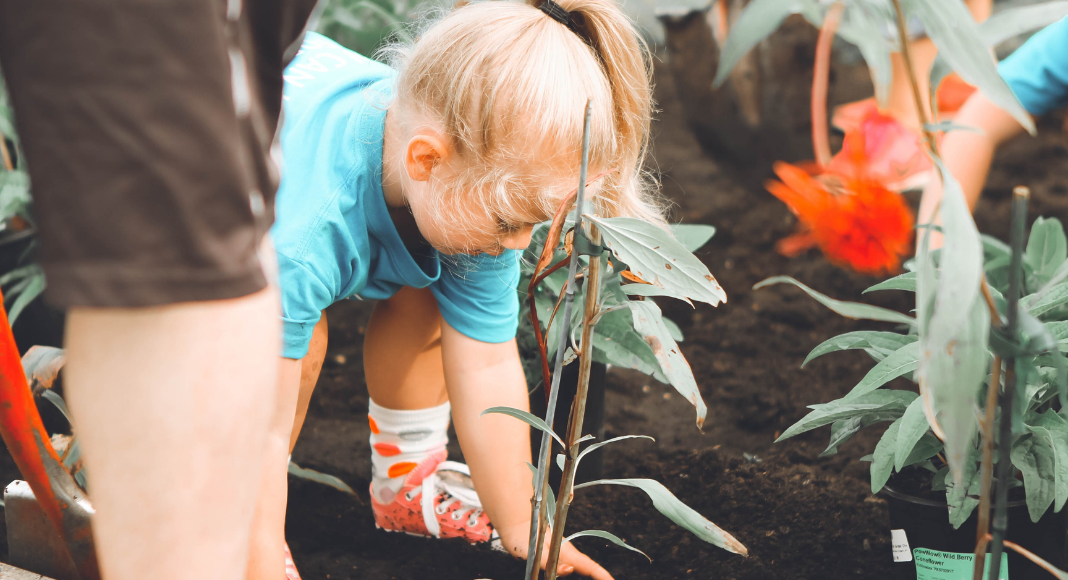Whether we admit it or not, our children have access to luxuries.
We can equip our kids with tablets, which they can use for study and entertainment. We bring them shopping as soon as they outgrow their old jeans. We get to treat our kids to ice cream and bring them to the park.
After all, it is our duty as parents to give them what they need. But the risk of sheltering our kids is that they may think of this as a privilege.

Thus, we must teach them that these things are blessings, and they should be thankful for them.
Why Teaching Gratitude to Your Kids is Important
According to Zig Ziglar, “gratitude is the healthiest of all human emotions.”
No wonder those who were taught young grew up to be well-rounded people. Moreover, parents who teach the value of gratitude to their kids can reap the following benefits:
- Enhanced empathy. According to a 2012 study by the University of Kentucky, grateful people can engage in a prosocial manner, even in an aggressive and hostile environment.
- Improved physical health. Grateful people are believed to experience fewer aches, pains, and ailments.
- Better sleep. A 2011 study published in Applied Psychology revealed that those who maintain a gratitude journal sleep better and longer.
- Improved self-esteem. Grateful people tend to compare themselves to others less, allowing them to develop social confidence.
- Good psychological well-being. It has been shown that gratitude decreases various toxic emotions like resentment, anger, and envy.
There is no denying that instilling gratitude in children can be beneficial to their well-being and society. So, how can we teach our kids to be grateful? Here are five tips:
Set a Good Example
As a parent, it is your job to show what gratitude is like to your kids. After all, kids learn first at home.
One excellent example is to be thankful for the small things. It can be as simple as saying “thank you” to your spouse for washing the dishes. Another is being thankful for the artwork that your kids gave you.
Doing so not only teaches your children to be grateful, but it also makes them appreciate themselves.
Practice Volunteerism
Volunteering is an excellent way to show your kids how blessed they are. Plus, it is a perfect opportunity for the entire family to unite.
Volunteering can be as simple as collecting old toys and clothes and donating them. Another is serving food in the local shelter.
If there is no shelter near your area, consider helping your neighbor, like mowing their lawn or grocery shopping for them.
Volunteering does not only show how blessed your children are. It also helps boost their self-esteem, knowing they can make a difference in their little way.
Let Your Children Express Gratitude
Being thankful is one thing. But showing and saying it is a different story.
Luckily, there are various activities you can do to teach your children how to express gratitude. One is to say “thank you” whenever they do something good or helpful.
Another is to ask them every night before they go to sleep what they are thankful for. You can also use journals for kids that have gratitude prompts.
These exercises are not only meant to teach your kids to be grateful. It also teaches them to always look at the good in things.
Write Them Thank You Notes
Regardless of your children’s age, they are never too old or too young to receive thank you notes from you.
Why should you write thank you notes to your children? Because it teaches them to express gratitude in the most comfortable way possible.
After all, putting thoughts into words can be challenging, especially for teens.
On the other hand, thank you notes make it easier for your kids to express their gratitude. It also allows them to express their creativity by making their own thank you cards.
Luckily, there are now tools and apps that you and your kids can use to make thank you cards.
Give Your Kids the Opportunity
The best way to teach your kids to be grateful is by allowing them to practice it.
It can be as simple as asking your kids what they are thankful for over dinner. This is commonly done during Thanksgiving dinner or New Year’s Eve.
You can also create activities that will encourage them to express gratitude. Here are some examples:
- Family Gratitude Book. It is like a gratitude journal but done with the entire family.
- Gratitude Collage. Look through old books and magazines, and make a collage of the things that you and your children appreciate.
- Letters of Gratitude. Ask your kids to write letters of gratitude to people they know. It can be their teacher, the garbage collector, the ice cream vendor, or their favorite neighbor.
- Gratitude Walk. Take a stroll with your kids and ask them to look for things they are grateful for, like the nice weather or the time you spent with them.
- Gratitude Jar. This can be an excellent alternative for a gratitude journal. Each day, ask every family member to write down what they are thankful for on a piece of paper and then place it in a jar. You can use this for reflection on difficult days.
Regardless of the gratitude exercises you do, instilling thankfulness will allow them to grow into well-rounded individuals. Moreover, gratitude will enable them to physically and mentally healthy human beings. And raising kids like them can make a difference in the world.
Our guest blogger today is Alexandra Eidens, the founder of Big Life Journal, an engaging resource to help kids develop a resilient growth mindset so they can face life’s challenges with confidence.












